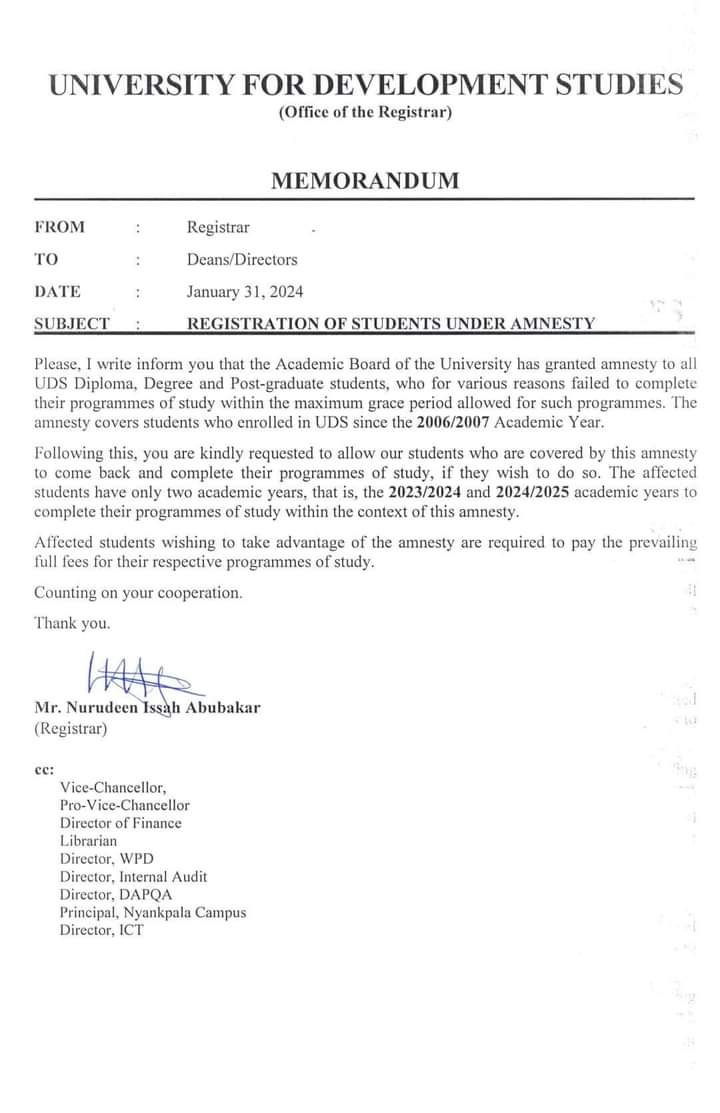

An analysis of four million credit reports found that only 0.32% had a credit freeze in place.
The dominoes continue to fall after the Equifax data breach.
On Tuesday, Equifax Chairman of the Board and CEO Richard Smith was the latest — and most high-profile — executive to step down, following the exit last week of the company's chief security officer and CIO. The US Justice Department is looking into sales of Equifax stock by executives before news of the breach was made public.
Elizabeth Warren and 11 other Democratic senators launched an investigation into the massive data breach, and announced a plan to introduce a bill to give consumers the ability to freeze their credit for free.
But fewer than 1% of consumers have put a credit freeze in place, according to a new report from credit monitoring site CreditSesame. Of the nearly four million TransUnion credit reports Credit Sesame analyzed, 0.32% had a credit freeze in place, and 7% had a fraud alert.
Freezing your credit, which typically costs $5-10 each time you do it, requires contacting all three credit bureaus, Equifax, Experian, and TransUnion. New credit activity — fraudulent as well as legitimate — will be prevented until you lift the freeze. A fraud alert is free, and requires lenders to verify your identity before issuing new credit.
"Data breaches involving Social Security numbers are not rare, but this is the largest ever recorded," Eva Velasquez, CEO of the Identity Theft Resource Center, a nonprofit that assists fraud victims, told CNN.
Fraud alerts and credit freezes may prevent would-be thieves from opening new accounts, but it won't stop the most common type of identity theft in the US: attempted or successful misuse of an existing account.
About 7% of Americans age 16 or older — 17.6 million people — were victims of some type of identity theft in 2014, according to the most recent Bureau of Justice Statistics (BJS) data. The majority — 86% — experienced fraudulent use or attempted use of a current account, such as a credit card or bank account.
Other types of identity theft — misuse of personal information to open a new account, obtain government benefits, or provide false information during a crime or traffic stop — are less common, affecting 4% of identity theft victims.
Victims of identity theft — who are more likely to be white and have annual incomes over $75,000 — spent an average of seven hours resolving problems associated with the crime, according to the BJS. Since banks and credit card companies typically reimburse for unauthorized account use, only 14% of victims suffered an out-of-pocket financial loss. Among those who did, the median amount was $100.
If you have been a victim of identity theft, the Federal Trade Commission has a step-by-step recovery guide.
An analysis of four million credit reports found that only 0.32% had a credit freeze in place. Read Full Story























Facebook
Twitter
Pinterest
Instagram
Google+
YouTube
LinkedIn
RSS